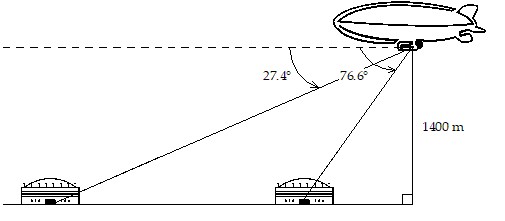A plane in three dimensional space can be written as ax + by + cz = d. We can find the possible intersections of planes in this form by writing them as systems of linear equations and using reduction to solve them. If d = 0 in each equation, then we have a homogeneous system with either a unique solution or infinitely many solutions.Determine whether the intersection of the planes:  has a unique solution or infinitely many solutions; then solve the system.
has a unique solution or infinitely many solutions; then solve the system.
What will be an ideal response?
a unique solution; x = 0, y = 0, z = 0
You might also like to view...
Find the weighted mean of a set of values. Round to the nearest tenth. Value of xThe weights to the x values524338237159
A. 2.3 B. 39.5 C. 14.4 D. 2.8
The equation represents a conic section in polar form. Identify the conic section, the position of the directrix, and the distance between the focus and the directrix.r = 
A. ellipse, directrix parallel to the polar axis located 1 unit(s) below the pole B. ellipse, directrix perpendicular to the polar axis located 1 unit(s) right of the pole C. ellipse, directrix parallel to the polar axis located 1 unit(s) above the pole D. ellipse, directrix perpendicular to the polar axis located 1 unit(s) left of the pole
Use the fundamental identities to simplify the expression.cos ? - cos ? sin2?
A. tan2? B. sec2? C. sin ? D. cos3?
Solve the problem.A blimp is 1400 meters high in the air and measures the angles of depression to two stadiums to the west of the blimp. If those measurements are 76.6° and 27.4°, how far apart are the two stadiums to the nearest meter? 
A. 2367 m B. 3034 m C. 4464 m D. 1603m